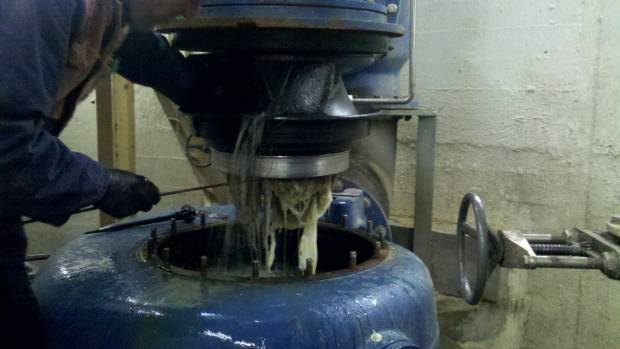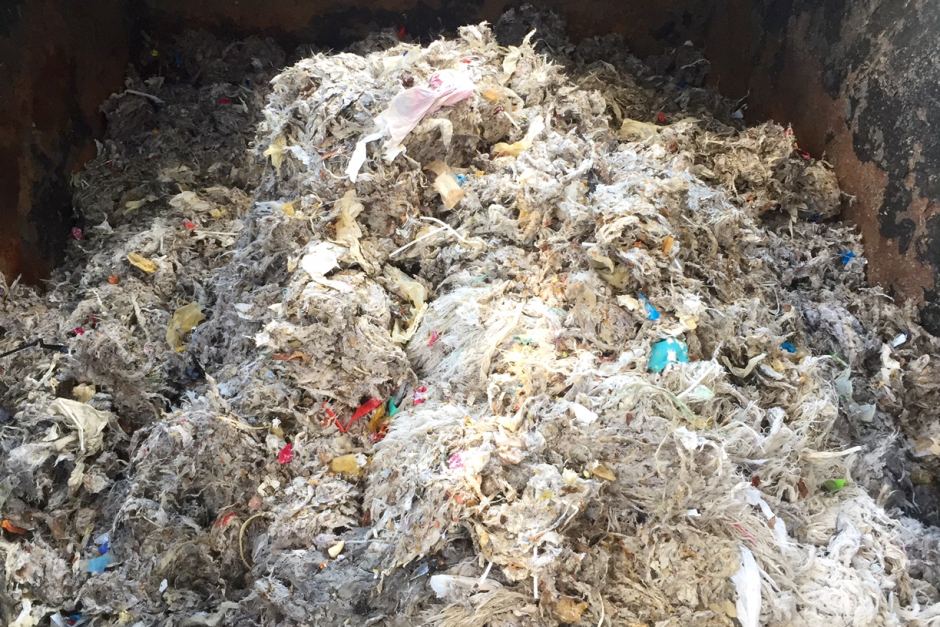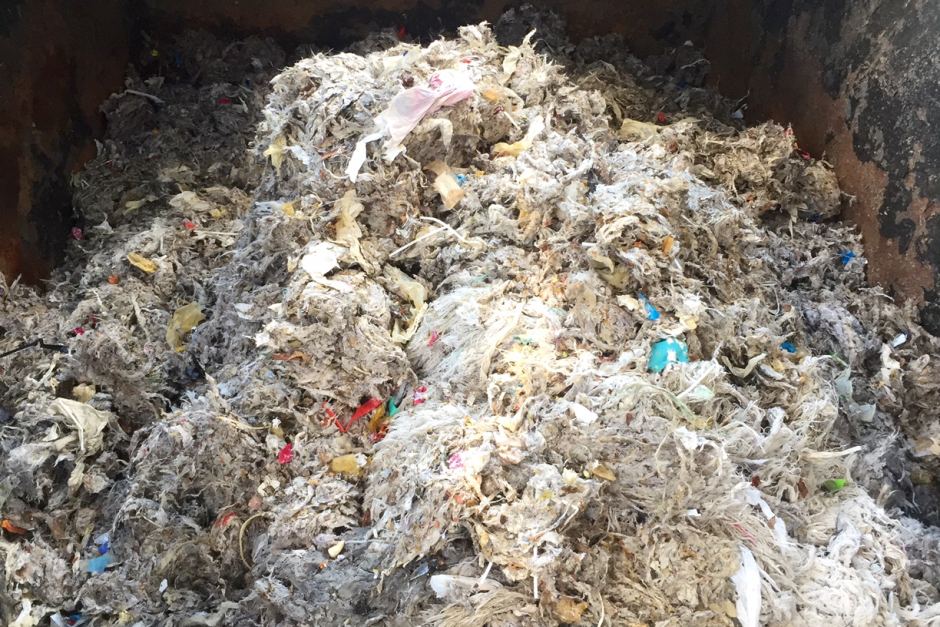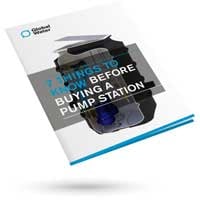How Flushable Wipes Damage Pumps and Treatment Plants
Flushable wipes cause major damage to pumps, wastewater treatment plants and their components. It is estimated that the Australian Water Services is spending a minimum of A$15 million annually in combating this problem. 75% of all blockages are now attributable in some way to people flushing wet wipes into the sewers. But it isn’t just the commercial and public sectors where flushable wet wipes are causing problems, even in home plumbing and pump systems, they are costing home owners thousands of dollars in repairs and maintenance costs. The good news is there are actions that companies and individuals can take to avoid becoming victims of these damages.
But the packaging says 'flushable'?
A major issue is how wet wipes are being marketed. In the past, most wet wipe manufacturers stated clearly that their products should be disposed of in a bin, rather than into a toilet. Recently, however, they have allegedly upgraded their wet wipes designs so that they can be flushed in a toilet without causing any issues. Unfortunately, the sad reality is that even these newer types of wet wipes are causing major problems in pump systems across the country.
Hopefully, this will be rectified soon. A number of lawsuits have been filed against a couple of the most popular wet wipe brands. It is hoped that this will lead to an industry standard for marketing such products, letting consumers know that they cannot under any circumstances flush their wet wipes when disposing them.
The impeller isn’t the only part of a home pump system which is affected:
- Wet wipes can clog up the discharge pipe.
- They can carry bubbles of air into the system, increasing the risk of cavitation.
- Valve seals can be overwhelmed and broken.
- Friction can be added to the piping causing erosion.
- Human waste can leak from the piping causing health, safety and environmental hazards.
How wet wipes cause damage to pumps

It’s easy to look at a simple wet wipe and wonder how it could cause millions of dollars worth of damage, but it’s the accumulation of such materials which matters the most. For public wastewater management systems, wet wipes collide inside the sewers and clump together. Each system attempts to process wastewater by grinding it up into a slurry which can be more easily transported. But the wet wipes stick to the inside of pipes causing blockages. The only way to unblock these, is for sewage workers to physically clear them, which is costly and time consuming.
At home, even with an excellent pump or septic tank in place, wet wipes can create a physical and financial nightmare. They can get tangled into the impeller housing, causing the pump to block. The best case scenario is that there is a costly maintenance bill required to remove the wet wipes. The worst case scenario is that the impeller itself seizes up and breaks, requiring it to be replaced.
Solutions for Preventing wet wipe damage
There really are only a few ways to prevent flushable wet wipes from damaging a pump system.
Protection (Watch an inline macerator in action below)
Having trouble viewing this video? Click here.
An inline macerator such as the JWC Muffin Monster can be an effective safeguard for your system. An inline macerator grinds larger solids into smaller particles, and the JWC macerators can also handle wet wipes with their patented twin direction cutters. Due to the expense of such technology this is only really viable for commercial applications.
Avoidance
In commercial settings, clear warning signs are required to let people know exactly what type of damage they would be doing, even if the packaging claims that it’s fine to do so. At home, only flush toilet paper. This is designed to break up into a slurry as it passes through water. Wet wipes are not.
Talk to an expert
If you have any questions about wet wipes in sewer, pump systems or maintenance, contact Global Water for professional advice and support.





